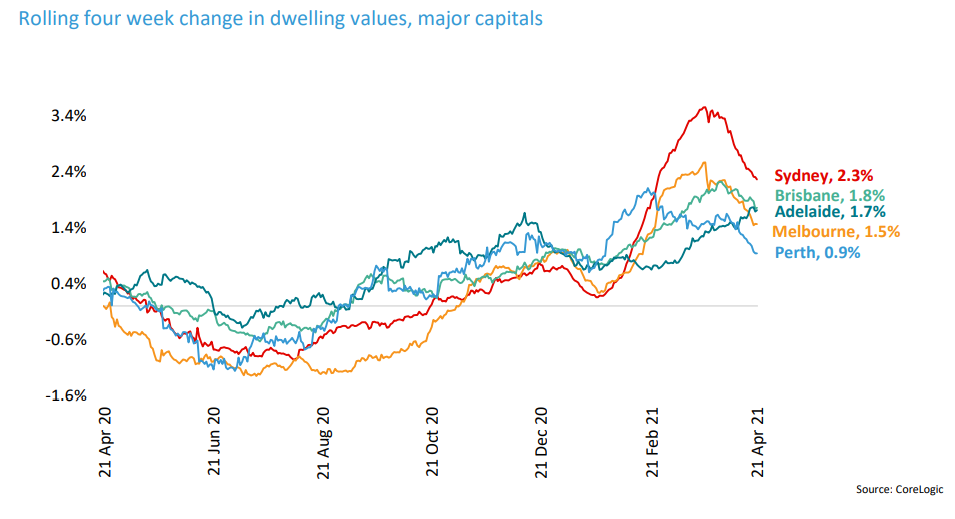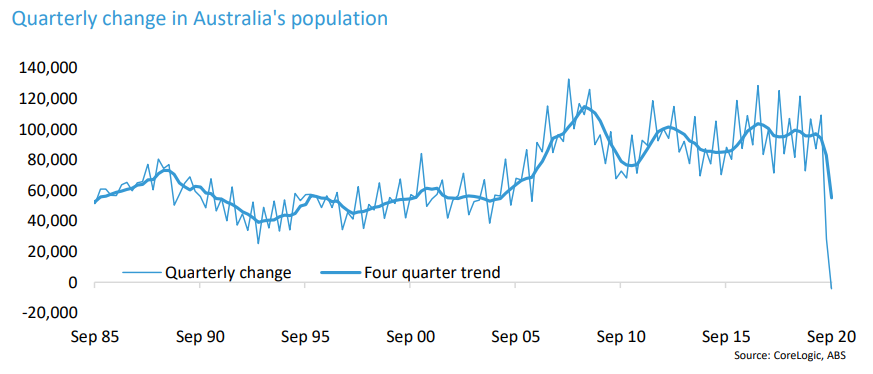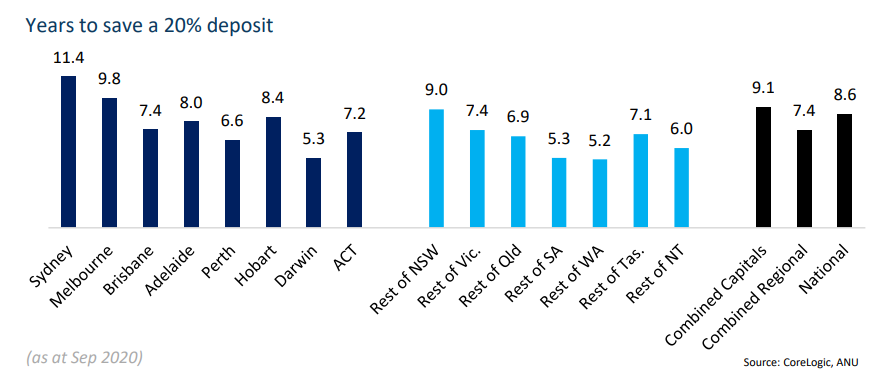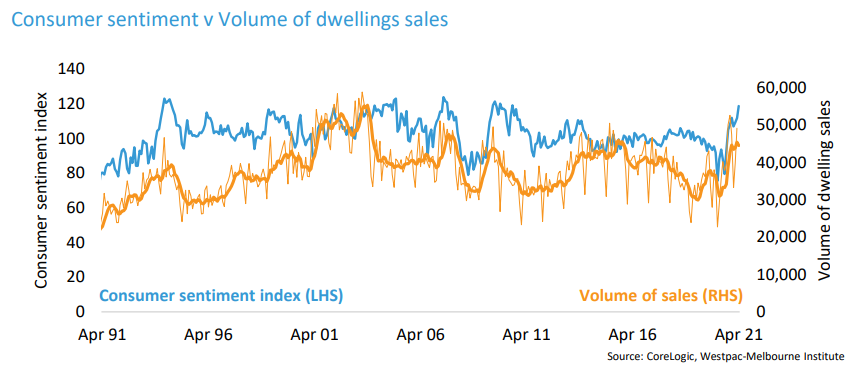CoreLogic’s Research Director, Tim Lawless, has released a terrific report showing seven early signs that the record-breaking Australian property price boom is beginning to slow.
First, CoreLogic’s daily dwelling values index has shown a clear slowdown in growth across all major markets other than Adelaide:
Second, auction clearance rates have retraced after reaching their highest level on record in the March quarter. This portends slower dwelling value growth, based on historical experience:
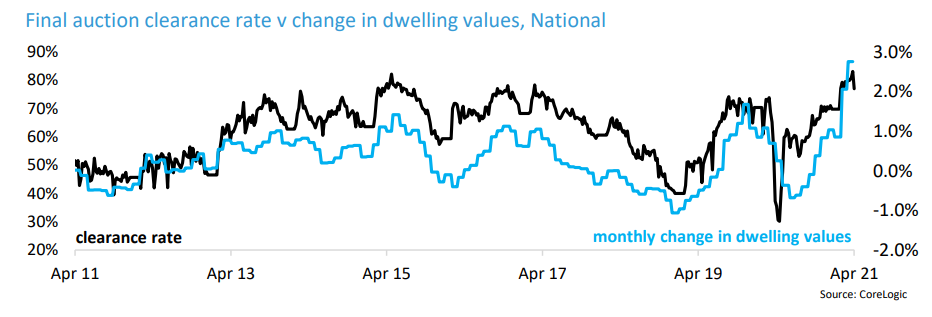
The weighted average clearance rate moved through a recent high of 83.1% at the end of March, and has since drifted lower to 78.6% over the week ending 18 April.
Third, vendors have begun listing more homes, although total listings remain low due to high absorption rates:
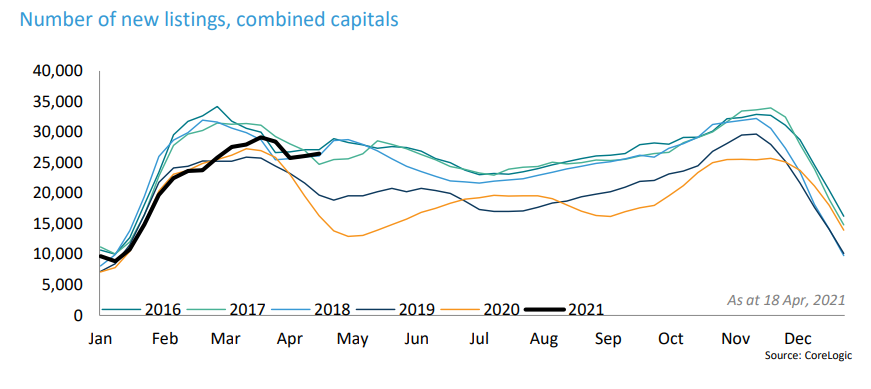
New home listings have lifted to the highest level since 2016. New listings are also running 17% above the five year average.
Fourth, dwelling commencements lifted by 20% in the December quarter compared to the year earlier. They were also running 5.5% above the decade average. The supply pipeline is also strong owing to the HomeBuilder stimulus program.
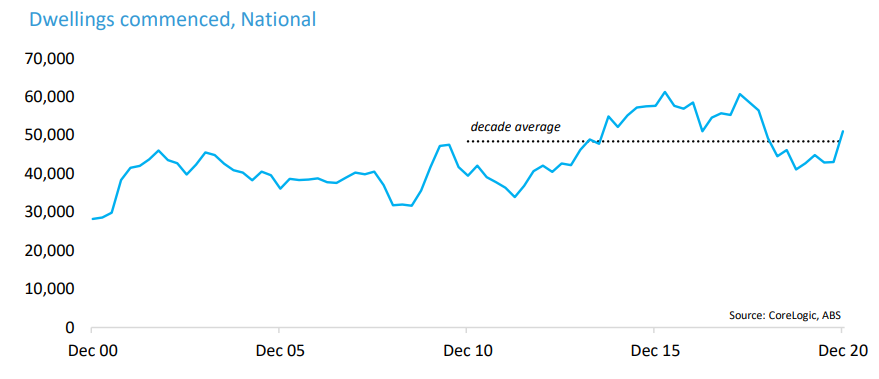
Dwelling commencements have risen strongly on the back of HomeBuilder with the pipeline remaining strong.
Fifth, net overseas migration, which is the key driver of household formation, has collapsed. This raises the risk of a significant housing oversupply developing.
Sixth, fiscal stimulus is being pulled back from the economy which could result in a reduction of housing market activity. As explained by Tim Lawless:
“Arguably, housing demand has been brought forward by incentives such as the HomeBuilder grant and income support as well as state based initiatives such as stamp duty concessions. As these stimulus measures expire, along with less migration and rising affordability constraints, it’s reasonable to expect housing demand could be negatively impacted”.
Finally, because growth in housing values is substantially outpacing incomes, first home buyers are facing bigger deposit hurdles, which is creating barriers to entry.
Although Tim Lawless is seeing early signs that the pace of growth is moderating, he still expects strong dwelling value growth overall. This is due to record low mortgage rates and strong consumer sentiment, the latter of which correlates fairly strongly with dwelling sales:
Therefore, Tim Lawless is “expecting housing values to continue to rise throughout 2021 and most likely throughout 2022, just not at the unsustainable pace of growth that has been evident over recent months”.
That is a perfectly sound assessment.

